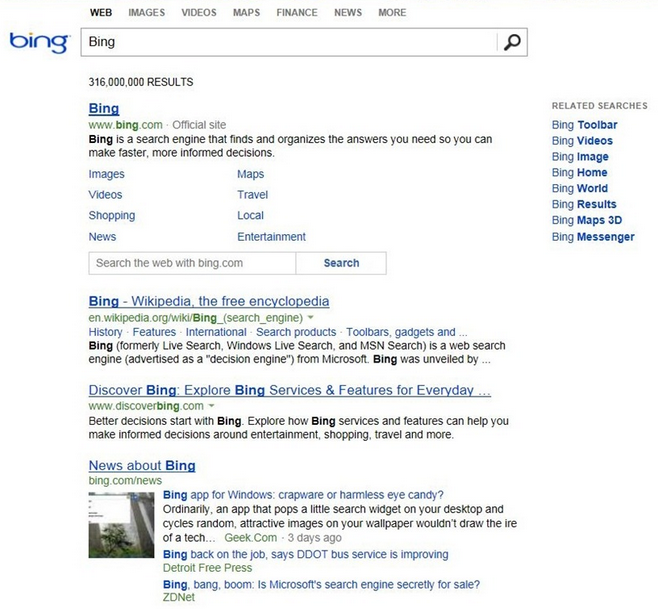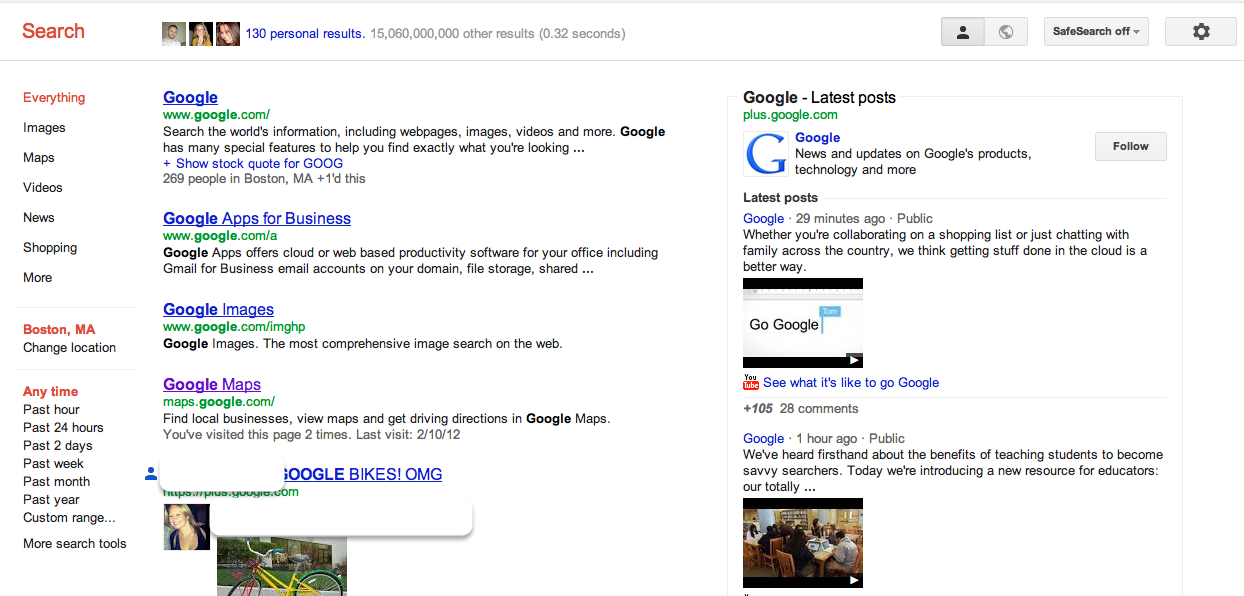Bing has rolled out a new-look SERP that some have compared to Google’s older model. SEO marketers should note that the visual updates are accompanied by some “changes under the hood” that aim to provide more relevant results, but Bing’s announcement focuses on how it wants to give users more navigable content … and the company seems to undermine Google search updates.
The most obvious reason for the adjustment is to bring users back to the simpler days of Google. Of course, it could also be off-putting for users who prefer Bing. The company claims it wants to “[remove] unnecessary distractions, and [make] the overall experience more predictable and useful.”

A quick perusal of the new Bing SERP reminds users of Google SERPs before the company’s massive adjustments of the last couple years. While photos, maps and video content will all still appear on SERPs, the move to make its pages simpler has resulted in more white space. Bing is also countering Search, plus your World updates by putting all social data into one designated area on a page.
“Putting all our result annotations and social data in one consistent spot makes the page easier to use and understand,” said Sally Salas, Bing’s principal group program manager.
Bing’s treatment of social data is a stark contrast from social annotations included alongside all results for logged-in Googlers. While Google argues that adding Google+ data to results is essential to “surfacing recommendations at the moments that matter,” Bing seems to think users prefer clutter-free results. (And it’s worth noting that 45 percent of searchers said they didn’t like the idea of social data impacting their search results – at least at the initial launch of Search, plus Your World.)

Bing is also streamlining the above the fold portion of users’ screens, shifting the related searches to the bottom right of the pages. Now, users will only see additional search options when they are finished scanning the initial paid and organic results – making it more valuable for brands to have content marketing campaigns that put them toward the top of Bing SERPs.
Other changes include moving different search options, such as Image or Local, above the query box instead of in tabs directly above results.
While numbers for April have yet to be released, Brafton recently reported that Bing fielded 15.3 percent of all search engine queries in March. This compares favorably with its position one year ago as it has grown by 19 percent in terms of total searches.



